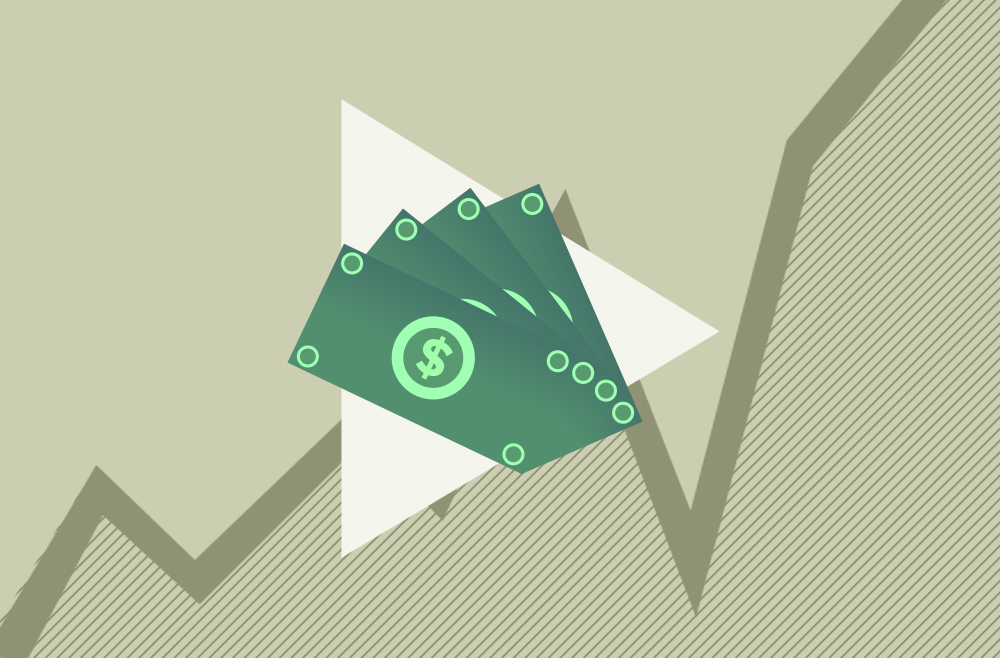Learn how index funds to function and how to pick the right one for your portfolio. Generally speaking, the best S&P 500 Index funds have the lowest expense ratios. However, indexing requires a careful balance between science and art, which means that only a few mutual funds and ETFs qualify for our ranking of the top index funds.
Key Takeaways
- S&P 500 index funds are mutual funds or exchange-traded funds that track the Standard and Poor's 500 largest corporations in the United States.
- Low expenses and high assets under management characterize the best S&P 500 index funds, closely mirroring the index.
- S&P 500 index funds are available from Vanguard, iShares, and SPDR.
- Although S&P 500 index funds are frequently solid core holdings for your portfolio, they are not always the greatest option for all investors.
What Are S&P 500 Index Funds?
S&P 500 index funds are mutual funds or exchange-traded funds (ETFs) that passively follow the Standard and Poor's 500 index. This index includes about 500 of the largest corporations in the United States, as defined by market capitalization. This means that the index's largest companies are given the most weight.What Are the Best S&P 500 Index Funds to Invest In?
When looking for the best S&P 500 index fund to invest in, there are three main characteristics to consider:- Low-cost options
- Performance that is quite similar to the index's performance
- Managing a large number of assets
Look for the Lowest Expense Ratios
When comparing funds that track the same index, keeping investment expenses low may be the most significant part of index fund investing. Over time, the funds with the lowest expenditure ratios usually produce the best results. If an index fund has a 0.50 percent cost ratio and a fund that tracks the same index has a 0.10 percent expense ratio, the later fund has a 0.40 percent advantage over the higher expense ratio.Look for S&P 500 Index Funds with a lot of assets under management (AUM).
In the world of indexing, size does matter. Large assets under management (AUM) index fund is a sign of quality and a benefit, especially when it comes to ETF liquidity. Low AUM can lead to larger volatility in the bid/ask spread. Price volatility rises as a result, which can disadvantage investors.Look for Low Index Tracking Error
The goal of an S&P 500 Index fund is not to "beat the index" but to "match the index," which implies the fund will try to mirror the index's performance. Put another way; the fund will hold the same equities as the S&P 500. As a result, the top stock index funds will perform an excellent job of matching the benchmark index's list of stocks (holdings). Stock analysts refer to this as "minimal tracking error."The 3 Best S&P 500 Index Funds
You may choose the finest S&P 500 index funds for your portfolio now that you know what it takes to make the greatest index funds:- The Vanguard 500 Index (VFIAX): Vanguard's 500 Index fund is the indexing pioneer, as it was the first index fund offered to individual investors. VFIAX is suitable for investors who want to invest in the S&P 500 through a mutual fund. Fortunately, Vanguard's Admiral Shares fund, VFIAX, was made available to investors. Compared to the earlier Investor Shares fund, this share class has a lower expense ratio (0.04%).
- The SPDR S&P 500 (SPY): This was the first exchange-traded fund (ETF) to be listed in the United States (January 1993). It's also one of the largest ETFs on the market today, with a market capitalization of $258 billion. SPY's excellent attributes are rounded out by its low expense ratio of 0.0945 percent.
- The iShares Core S&P 500 (IVV): This ETF boasts a large number of assets under management ($177 billion) as well as meager fees (0.03 percent ). IVV is a fantastic fit for investors who want to focus on the low expense ratio.


